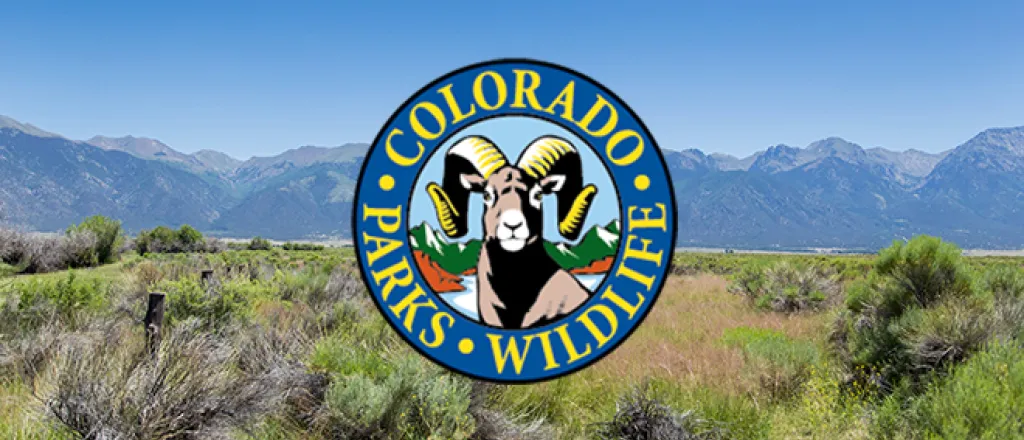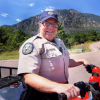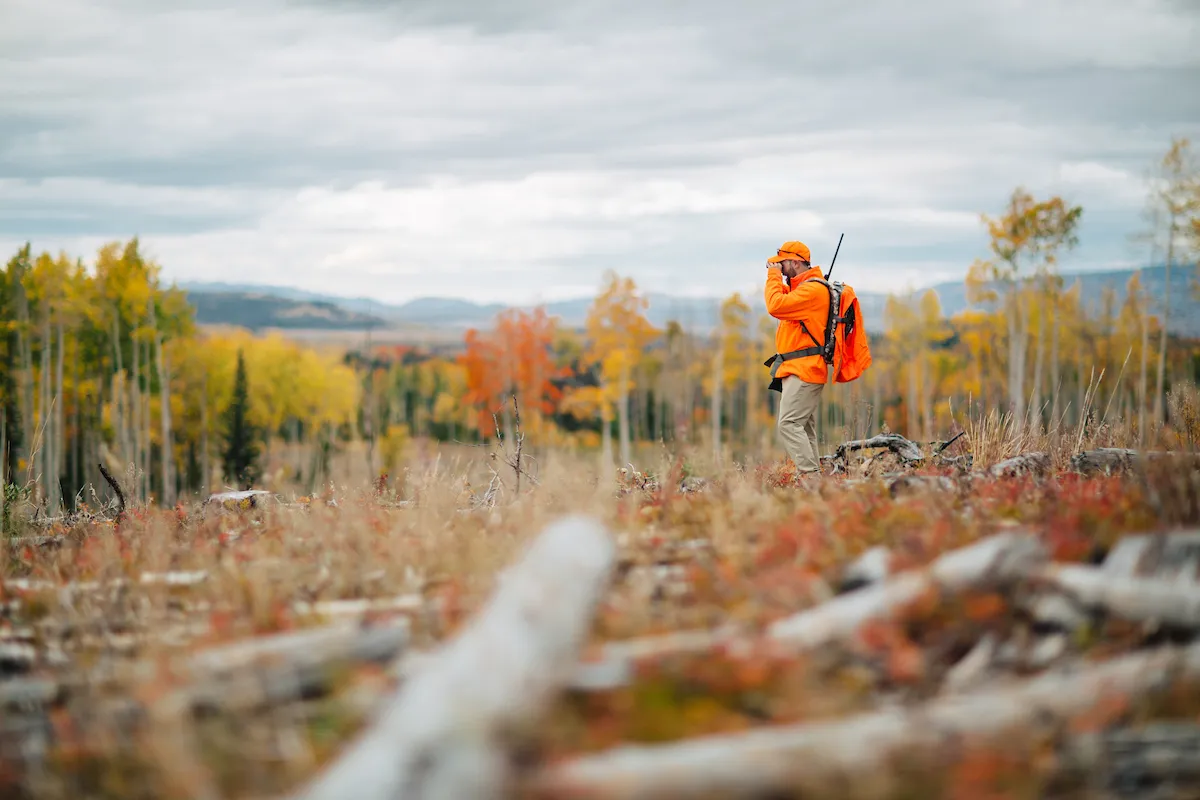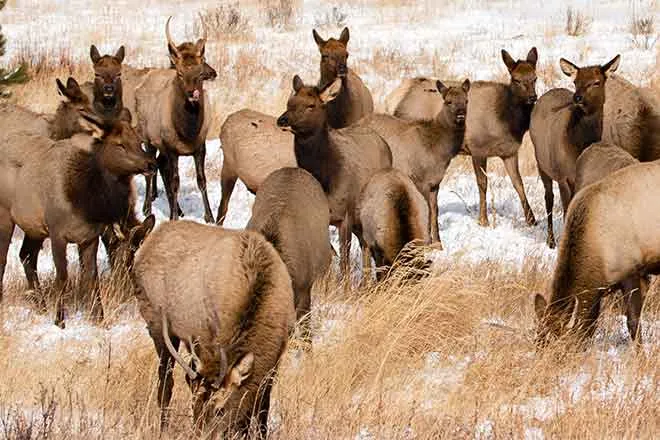
Ranger Station: Know how to tell a newbie canoer? It’s easy. So are paddlesports if you follow these tips
To say that 2020 has been an unusual year is an understatement. We all deal with the new normal way of life.
The effects on Colorado Parks and Wildlife’s 41 state parks has been surprising and very unpredictable.
We are seeing record visitation at every state park including many new users. That’s the good news.
Our parks, however, are experiencing problems with parking and capacity issues. That’s the challenge associated with the good news.
But we’re not complaining. Rangers and park managers like me love seeing new faces hiking, mountain biking, fishing, hunting, camping and enjoying these outdoor places we’ve come to love and dedicate our lives to preserving for future generations of Coloradans.
Here at Eleven Mile State Park, we are seeing new paddle boarders and kayakers on a daily basis. New canoers also are showing up.
Know how to spot a newcomer to canoeing? Easy. They are the canoes going in circles. (You can sometimes tell just by listening. The circling often results in some yelling.)
Paddle sports are one of those activities that looks fun and easy. And it is fun.
Once you get the hang of it, and can paddle in a straight line, it becomes much easier. But it requires some thought. And I have some tips to offer “newbies” so reduce the frustrating circular paddling:
- Know before you go. Each lake or reservoir will have specific rules and restrictions regarding the types of recreation allowed. Make sure paddle sports are permitted. At Lathrop State Park near Walsenburg, for example, there are two lakes. One is for motor boats and the other is for paddle sports.
- Secure your equipment to your vehicle. Every few weeks we find a kayak or paddle board or canoe along the side of the road. They can get airborne pretty quickly. Make sure you strap down your equipment to your vehicle roof or in the bed of your truck. Arriving without your board or paddle is no fun.
- Wear a life jacket. Adults are required to have a life jacket on their board or kayak. They are not required to wear it. Kids under 13 must wear it.
However, I think everyone should wear a life jacket. Most of our boat rescues this year have been paddle boarders and kayakers. It takes some practice to learn how to get back on a board or into a kayak when you have fallen off or out.
A life jacket will keep you afloat while you try and figure it out. Ever practiced putting on a life jacket in the chaotic aftermath of dumping your kayak or canoe? Of course not. So how do you know you’ll be able to do it when it actually happens? Best not to learn the hard way.
Some complain life jackets aren’t comfortable. But they haven’t tried any on recently. New life jackets are greatly improved and are much more comfortable to wear.
- Attach a whistle. While you are at it, attach a whistle to your life jacket. That way, you can attract the attention of passing boats while you are bobbing around in the water.
- Start slowly. Before heading out into deep water, practice your new sport in shallow water near the shoreline. Hugging the shoreline for paddle boards is always a good idea rather than venturing out into vast, open water.
- Wear bright colors. It can be hard to spot a person in the water if they are in dark clothing, especially in high winds and waves. Wakes created by boats can tip a kayak or paddle board. Those bright colors help boaters see you. A whistle and bright colors greatly improve your chances of being found quickly.
- Don’t overdo it. Your first outing should not last more than an hour. You will be surprised how many new muscles you find while paddling.
As in any outdoor sport, make sure someone knows where you are going and when you will be back or better yet, do not paddle alone.
There are several classes available online for beginners. They are short and valuable. Take a few minutes and watch.
And remember that conditions can change quickly. The water may be calm as glass when you start, but Mother Nature can whip up a story in a hurry. Wind can turn a great first day into a scary one. Do not paddle out past your ability to get back to shore in the wind.
We cannot say it enough, life jackets save lives. Being a strong swimmer is not enough. Please wear your life jackets. We would much prefer to pull you out of the water while you bob in your life jacket than from below the water after you have drowned.
Happy paddling!
If you have general questions about Colorado Parks and Wildlife, email Darcy at AskARanger@state.co.us. Darcy may answer it in a future column.


















